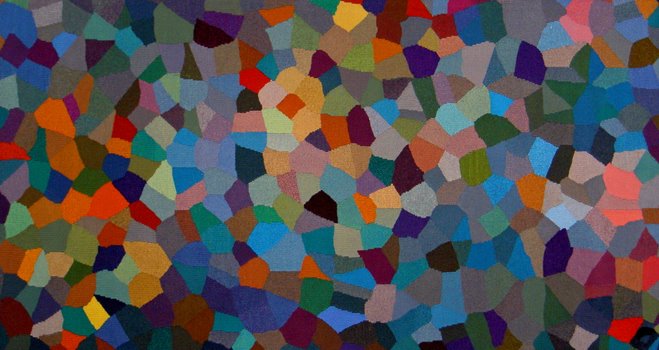Kate Kitchen, Peter Harris, Susan Middleton, Agota Dolinay, Line Dufour
Itininerant weavers has been a part of weaving history for centuries. Weavers went from town to town offering their services to whatever tapestry or fabric weaving endeavour was underway. This was common in Europe, and in Ontario, it wasn't unusual for fabric and rug weavers to offer their weaving service to rural inhabitants who may have had a barn loom, though I doubt any tapestry weaving was woven there!
Peter Harris, Susan Middleton, Agota Dolinay, Line Dufour and Kate Kitchen
Peter Harris, Susan Middleton and Agota Dolinay
We welcomed Peter Harris, a well respected and dedicated tapestry weaver and cashmir shawl researcher. Peter has travelled extensively in India to conduct much of his research as well as in the United States. Peter is a great story teller, excellent speaker about his travels and research and a good writer. To know more about him go to his blog at http://tapadesi.com/.
Along side him in this photo is Susan Middleton, who matches Peter in his wanderlust as it relates to her passion for tapestry and her interest in Eleanor of Aquitane. She is very personable and also matches Peter in her ability to "weave a good yarn" about her travels and weaving adventures. http://chezrouleau.com/chezrouleau.html
Agota Dolinay is highly regarded by the those at the Toronto Weaving School for her aimiability, and her skill and talent at whatever she undertakes. She also has a travel bug and will be off to Europe shortly to visit and while there will visit a well beloved ex-student, Amy Stein who resides in France presently. Give Amy lots of hugs for us! Agota will be travelling to Peru in October to study weaving with Maximo Laura through Puchka Tours http://www.puchkaperu.com/.
Michelle Kortinen and Susan Middleton
Michelle visited the project for the first time and it was simultaneously her first visit to the Toronto Weaving School. I've only just recently met Michelle who is working for the McMichael Canadian Gallery in Kleinburg (http://www.mcmichael.com/) , well worth visiting if you are ever in the Toronto area. This gallery houses an incredible collection of the Group of Seven work and other Canadian artists superseded only by the Art Gallery of Ontario http://www.ago.net/ .
Another shape completed for the international tapestry project by Kate Kitchen who wrote:
"I was immediately intrigued when I was
invited by Line Dufour to choose a shape to weave for the international
tapestry project, but also mystified. How was I going to make something so
small and so free-standing? I was reassured when other tapestry weavers began
to share the way they had woven their shapes, and that seems to be the point –
not only the gestalt that is created by the connecting when all the shapes come
together, but also the connecting with the how of the making. It has been
fascinating to construct a very small and completely unique loom for each piece.
And at the end, the nails come out, the loom disappears, leaving one small and
uniquely woven shape."
Lastly, another participant , Aneesha Parrone, wrote a tribute to the project in her latest newsletter. Click on the link below to see what she said about the project and learn more about her and her weaving/art activities. I know you'll enjoy the wonderful quotes and references she often defers to. I know I do! http://www.arpanaaneeshastudio.com/LineDufour.htm. I've also posted an email she sent me about her own unfolding as a weaver on the Toronto Weaving School blog.































